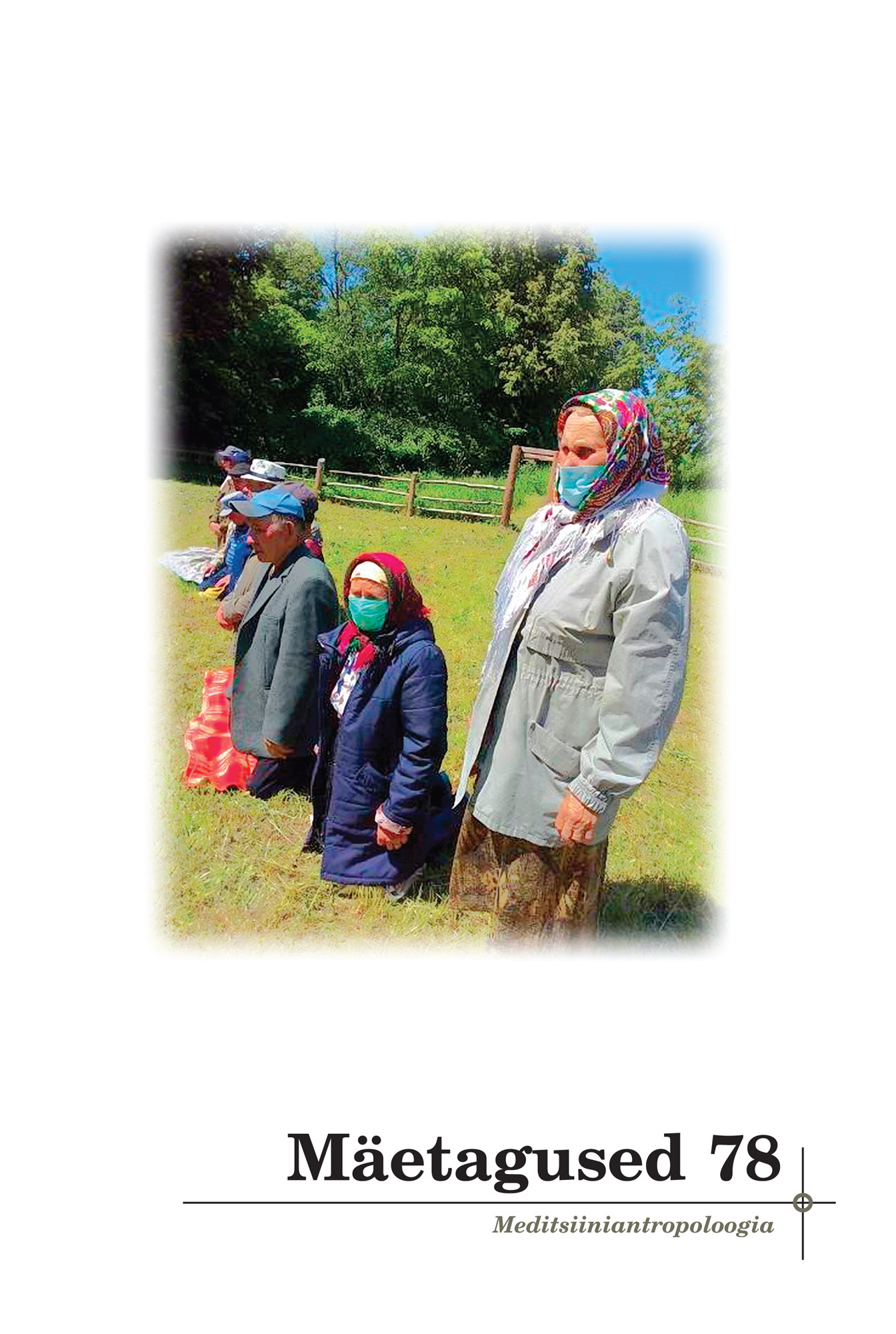Lapse kuvandist täiskasvanute ja laste endi pilgu läbi
How children are seen: Tracing perceptions through the eyes of adults and children
Author(s): Andra ReinomägiSubject(s): Law, Constitution, Jurisprudence, Customs / Folklore, Cultural Anthropology / Ethnology, Culture and social structure , Family and social welfare
Published by: Eesti Kirjandusmuuseum
Keywords: children’s position in society; image; perception and attitudes related to children; rights of the child;
Summary/Abstract: The article analyses the image of the child as perceived from the perspective of children and adults and determines to what extent the perceptions vary between the children and adults. For this purpose, views of children widespread among children and adults are compared. The paper also examines the sociodemographic background of the adults who represent these beliefs. The analysis is based on data from the Estonian Children’s Rights and Parenting Survey (2018), which gives a unique opportunity to compare opinions held by children and adults using the same methodology. The data compared against adults’ responses in this analysis came from the two older stages of study in school (7th to 11th grades). The sample size in this analysis is 624 schoolchildren. The adults’ sample consists of 1,248 responses in the age group 18–74. The statements used in the study were selected based on approaches mentioned in theoretical literature for describing definite categories of how children are perceived: children as a) immature; b) competent; c) vulnerable; d) irresponsible. Whereas in the case of adults, the theoretical model can be considered valid, the results of this analysis showed that the responses from Estonian children were at slight variance with theorized perceptions. Four perceptions of children could be distinguished from the responses from Estonian children, and they can be described as follows: 1) children as selfish and irresponsible; 2) children as competent and independent; 3) children as vulnerable and in need of protection and supervision yet having their own opinions important to be considered; 4) children as innocent and immature. The findings show that, as compared to children, adults often see children as vulnerable, fragile individuals needing protection and who, lacking knowledge, need advice and supervision. Adults also strongly support the image of the competent child, which holds that children have their own opinion and preferences, that are considered important to be taken into account. Children themselves frequently see themselves as competent, while their responses also reflect a perceived need for protecting children and supervision by adults. The findings of this study allow us to conclude that the model of perceptions of children created by adults on the basis of theoretical literature for describing how children are perceived is suitable for adults but not so much for children. Children view children differently than adults, and their attitudes can be grouped differently from those of adults: children themselves construct a different image of themselves than adults. These collective images shape everyday reality for children and the beliefs related to children, and thereby also mould people’s behaviour. This analysis indicates that the way in which children are seen is related to the gender and ethnicity of the adult respondents and also to whether the respondents have minor children of their own. These findings allow us to conclude that cultural context is significantly related to how children are perceived. Education has an important role as well – people with higher education tend to see children as competent. One particular finding of interest is that the way in which children are seen by adult respondents depends on whether the adults have heard of the concept of the rights of the child. Those who are well abreast of the concept tend to see children as competent with fewer of those who consider children immature. Thus, it appears that awareness of the rights of the child and human rights education in general is extremely important for improving children’s opportunities to have a say on matters concerning themselves and society in general. The results of the study reflect children’s position in society, help to make sense of the relationships between children and adults and can serve as a basis for further research into describing the situation of children and opportunities. This analysis provides a first overview of what types of children’s perceptions groups could be traced from the attitudes expressed by children and adults.
Journal: Mäetagused. Hüperajakiri
- Issue Year: 2020
- Issue No: 78
- Page Range: 65-88
- Page Count: 24
- Language: Estonian

